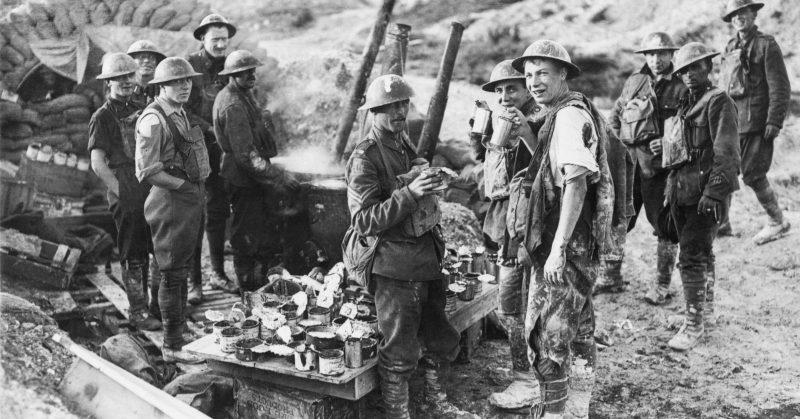It’s not possible to imagine the sights, sounds, and smells of war. Unless you’ve been there, you don’t know what it’s like to be knee-deep in the blood and dirt that soldiers on a battlefield cope with.
Watching movies and documentaries, listening to interviews, and reading books about conflicts are all helpful tools of understanding. But the bald truth is that only there, on the battlefield, that one can truly understand what servicemen on active duty endure.
Podcast host Dan Carlin, who helms Hardcore History, has worked diligently to recreate history for his listeners. He wants to give audiences a stronger sense of what it’s like for boots-on-the-ground soldiers. Now, with his virtual reality (VR) project War Remains, he has taken audiences one step closer still.
The VR enables audience members, with the help of a VR headset and backpack, get a sense of being “really there” on a battlefield. Carlin introduced the VR experience at the Tribeca Film Festival in New York in early May this year.
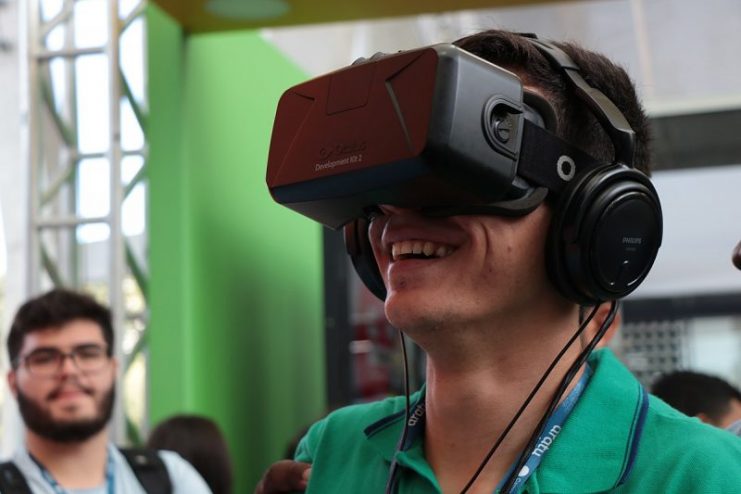
His co-producers, MWM Immersive, constructed a large installation tailor-made for the demonstration. Audience members were suddenly “transported” to hot air balloons from which they could see explosions, maps, and other elements of real war experiences.
In an interview with an online publication, Carlin said they chose to start the experience with WWI in which his grandfather fought. He didn’t want to use a setting like ancient Rome because he felt it would be too far removed from the audience’s frame of reference.
“The depth of emotion that’s already right there to be tapped, it just seemed like the sweet spot for us,” he said.
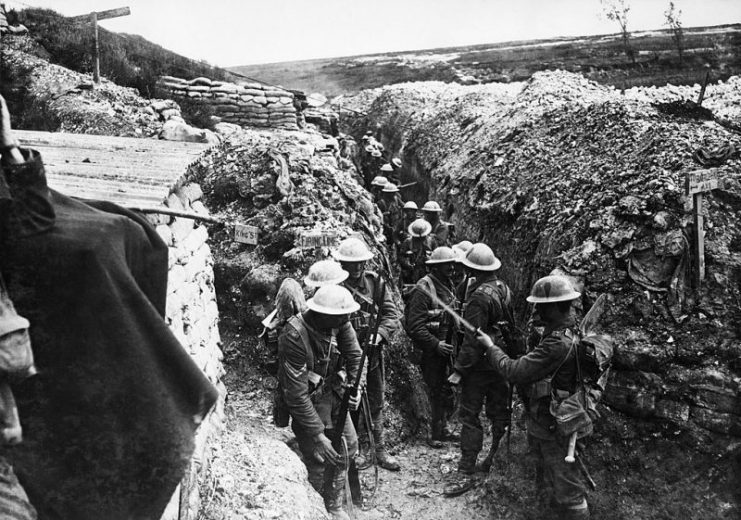
In the narration of a YouTube video about the making of War Remains, Carlin says the whole concept for the project began with a plaque on his grandfather’s wall that read: “Never judge a man until you’ve walked a mile in his moccasins.”
It was a belief in that philosophy that made Carlin want to bring the experience of World War I alive through VR technology, so people can get a glimpse of what those men endured.
He wanted to create “an immersive memory” to help viewers gain insight into just how dreadful life in the trenches was for those men.
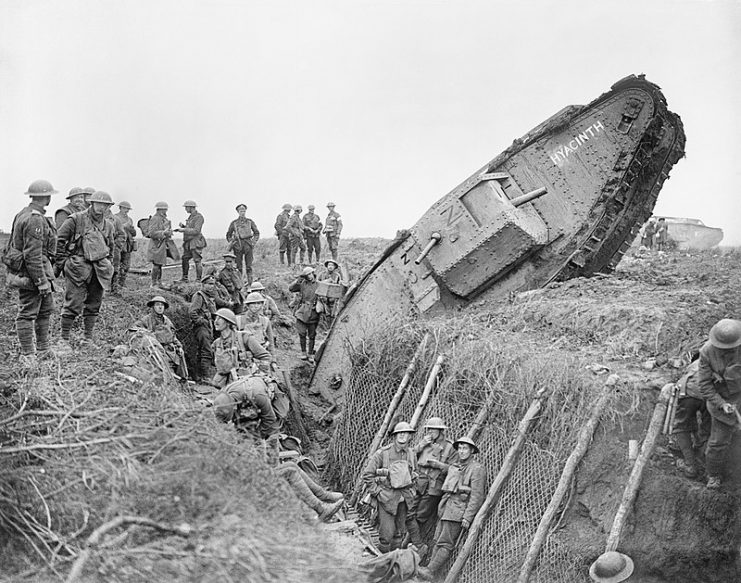
VR technology has made huge strides in recent years, but Carlin was particularly concerned that the people in his project should not look like they were video game creations.
He knew that VR technology was still beset by problems in that regard and didn’t want to immerse a person in the experience only to jolt them out of it by facsimiles that looked unreal.
Carlin had experienced something similar himself, and he assiduously avoided it in War Remains by challenging staff to make the figures as realistic as possible.
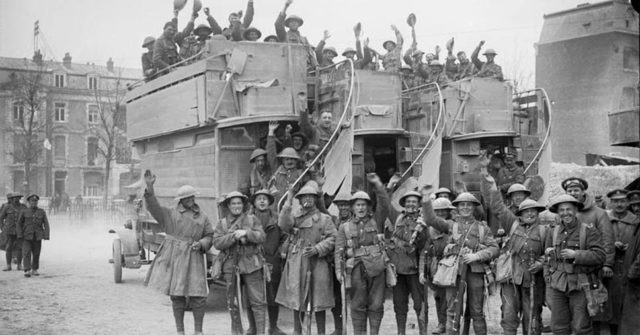
Carlin is convinced that VR can help us learn to “step inside the other man’s moccasins.” His ultimate goal is to create empathy in viewers, which is why he uses such intense scenarios. VR technology, he says, “can fool the brain and make the hair on the back of your neck stand up.”
He claims he is trying “to recreate a nightmare.” According to the feedback from some viewers, he has resoundingly succeeded.
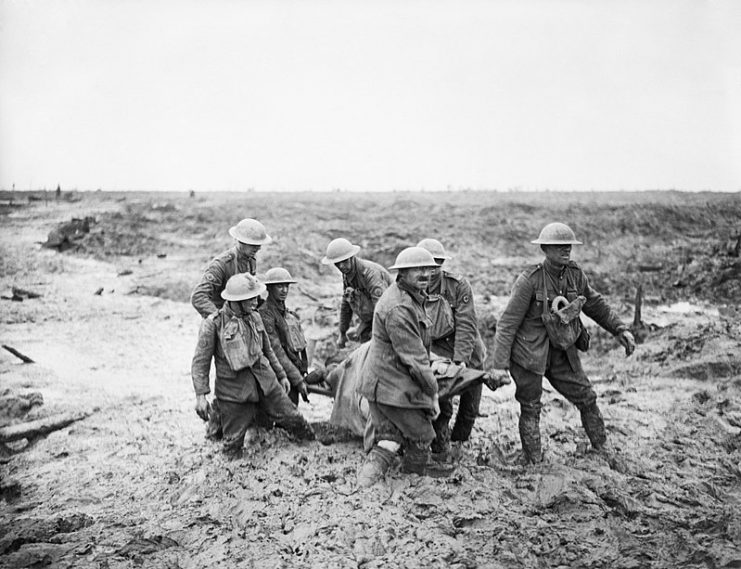
Read another story from us: WWI And The Paranormal: Spooky Tales From The Trenches
Carlin plans to tour the project to various other film festivals throughout America this summer. War Remains will show in Austin this summer, and, although a date has not been announced, interested people can sign up for notification.
People can also check the website for War Remains to look for upcoming shows.
